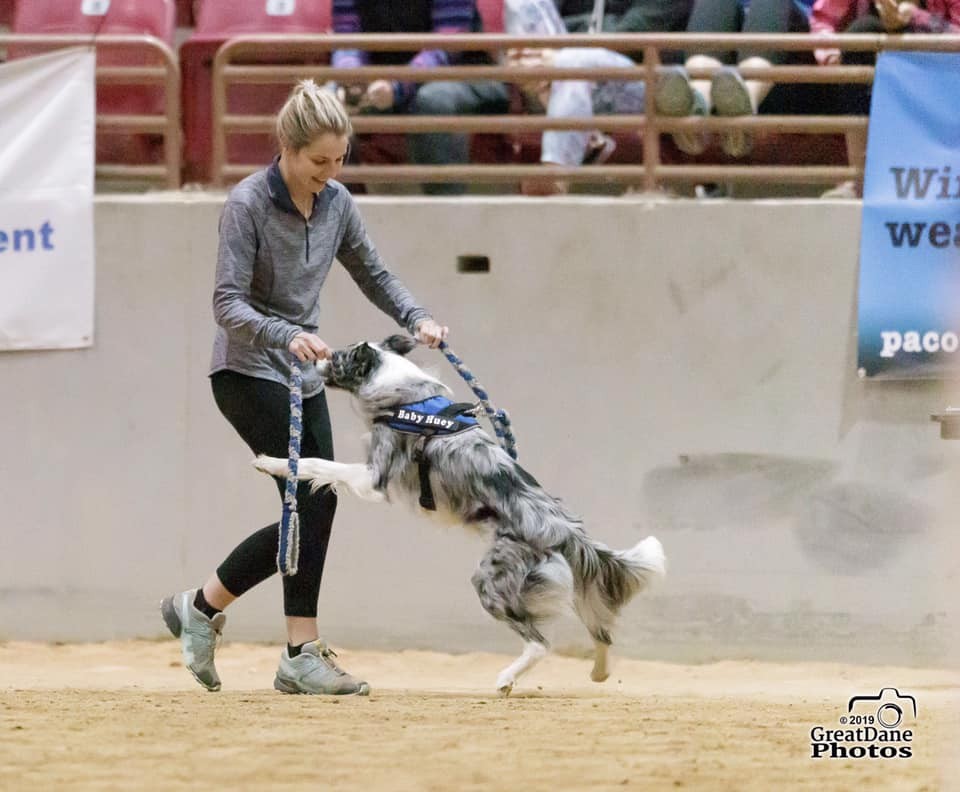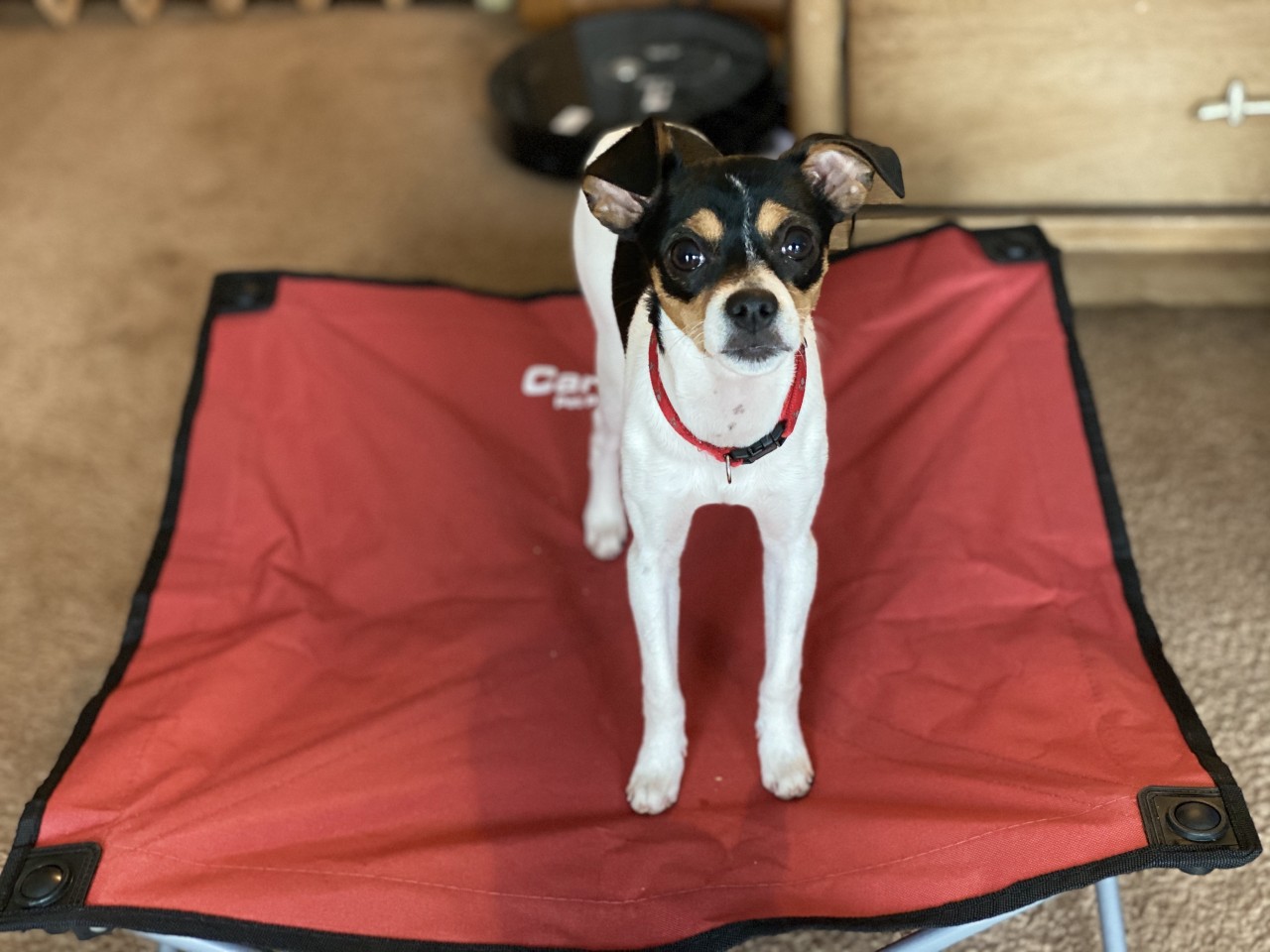Are you thinking about entering an agility trial as a new exhibitor and not sure what to expect? This post will help you:
- Find agility trials,
- Understand what needs to be addressed to prepare for competing,
- Learn the procedure for entering,
- Explain the procedure after you enter,
- Understand what a typical competition day looks like,
- Learn how COVID-19 has affected the trials.
This post focuses on AKC agility. But there are also many other organizations you can check out if they are in your area. Each organization has different classes, strategies, goals, and ways of doing things. There is something for everyone out there!

